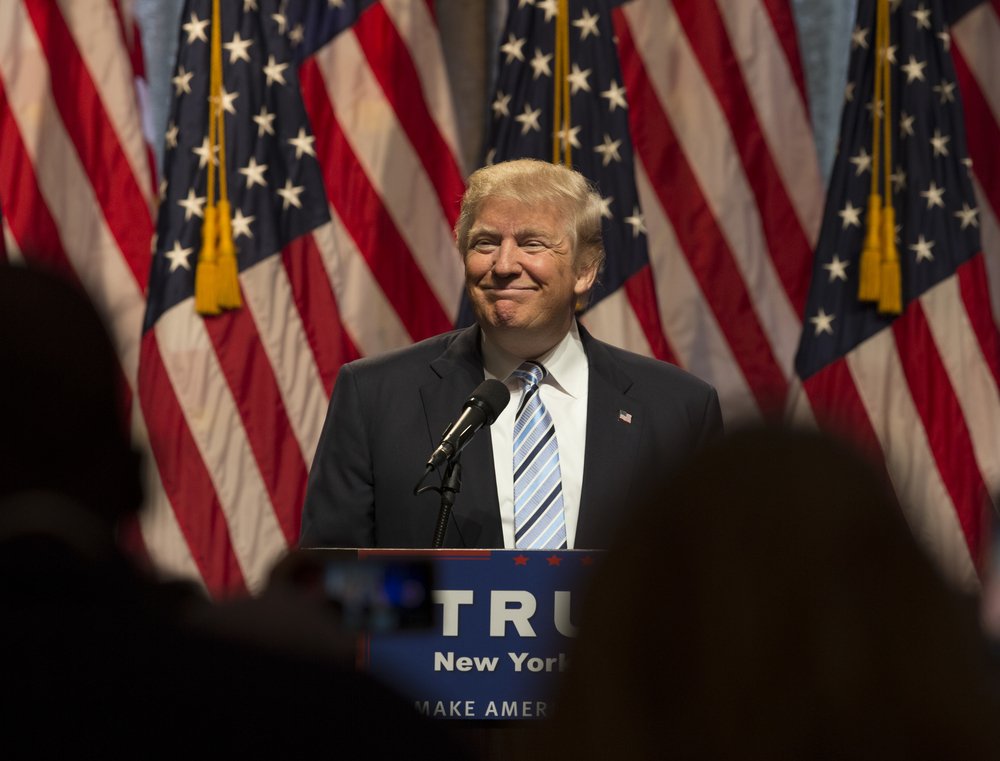Key Takeaways:
- The Kennedy Center faces a sharp decline in revenue since Trump’s takeover.
- Ticket sales and subscriptions have dropped significantly.
- Marketing delays are cited as a factor, but concerns about political influence linger.
- Federal funding covers only a portion of the center’s budget, making revenue crucial.
- Controversies involving staffers add to the institution’s challenges.
Introduction
The Kennedy Center, a beacon of performing arts, is grappling with a significant revenue downturn. Since President Trump’s influence and leadership changes, the center has seen a notable decline in ticket sales and subscriptions, raising concerns about its future.
Revenue Plummets at the Kennedy Center
Recent reports reveal alarming figures: single-ticket sales dropped by about 50% in April and May compared to the previous year. Subscriptions, a vital revenue source, have also seen a stark decline. Theater subscriptions fell by 82%, while dance subscriptions decreased by 57%. The National Symphony Orchestra experienced a 28% drop in subscriptions, and the Washington National Opera saw a 25% decrease.
These statistics highlight a severe financial strain, with subscription revenue projected to fall from $4.4 million to $2.7 million next year. The center attributes part of this drop to a delayed marketing campaign, which officials claim is just beginning. However, the timing doesn’t fully explain the severity of the decline.
A Center in Crisis
The Kennedy Center’s struggles go beyond numbers. Trump’s influence has led to a cultural shift, with some artists and donors distancing themselves. The departure of prominent figures like Yo-Yo Ma and former President Deborah Rutter’s resignation have fueled concerns about the center’s direction under Trump’s appointees.
Donor support has also waned, reflecting a broader discomfort with the new leadership. This exodus of talent and funding paints a bleak picture for the center’s future.
Delayed Marketing or Deeper Issues?
Kim Cooper, a marketing official, attributes the low subscription numbers to a late campaign and delayed brochures. However, this explanation doesn’t account for the significant revenue drop. The center’s reliance on ticket sales and donations makes this decline even more concerning.
Only 16% of the budget comes from federal funds, so revenue from tickets and subscriptions is essential. The delay may contribute, but it doesn’t fully explain the crisis.
Cultural Fallout and Far-Right Influence
The financial troubles coincide with a separate controversy involving a staffer who made homophobic remarks and promoted conspiracy theories. This incident reflects the challenges the center faces under Trump’s leadership, linking to his political legacy.
The convergence of financial and cultural issues paints a complex picture of an institution in turmoil, struggling to maintain its reputation and fiscal health.
What’s Next for the Kennedy Center?
As the Kennedy Center navigates this crisis, its future remains uncertain. The revenue collapse and leadership controversies signal broader challenges for cultural institutions under political influence. Efforts to rebuild trust and funds will be crucial, but the path ahead is fraught with challenges.
Conclusion
The Kennedy Center’s financial and cultural struggles under Trump’s leadership underscore the delicate balance between politics and the arts. As the center works toaddress its challenges, the broader implications for cultural institutions under political influence remain a critical concern.

